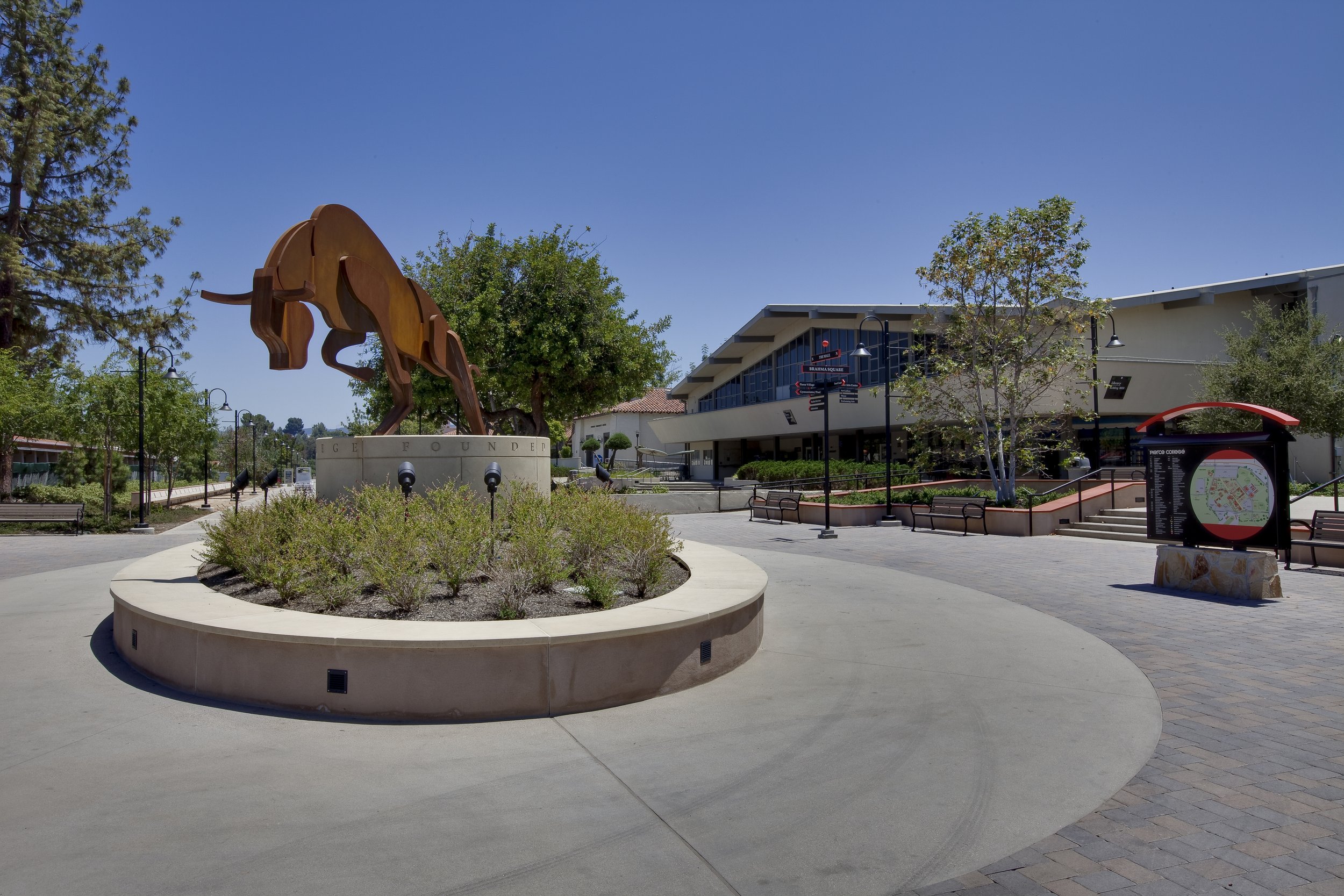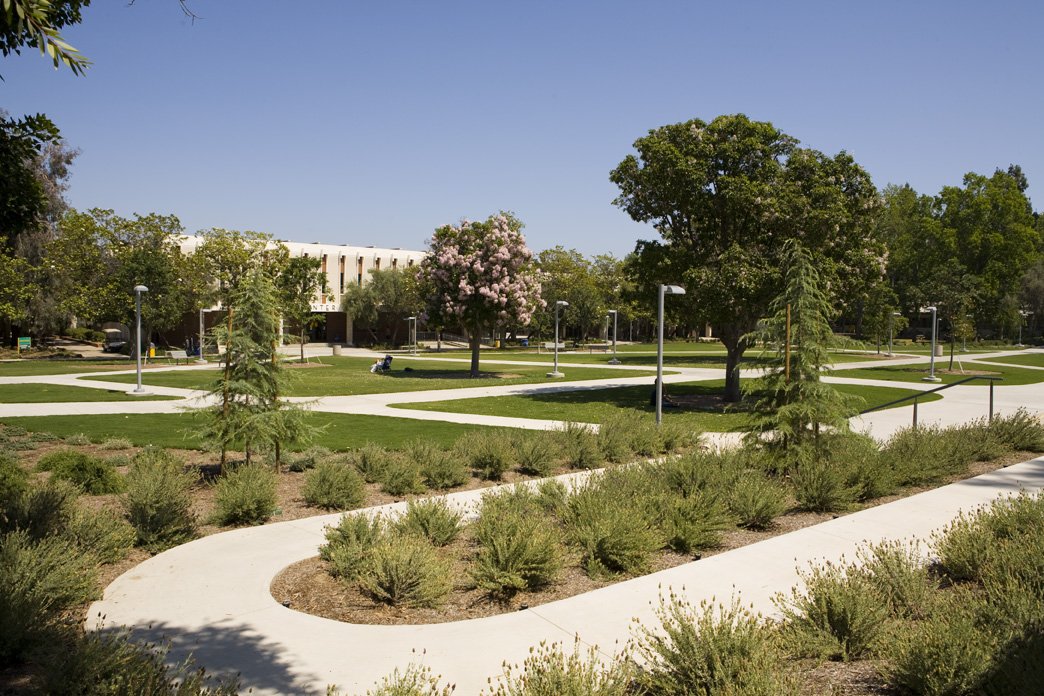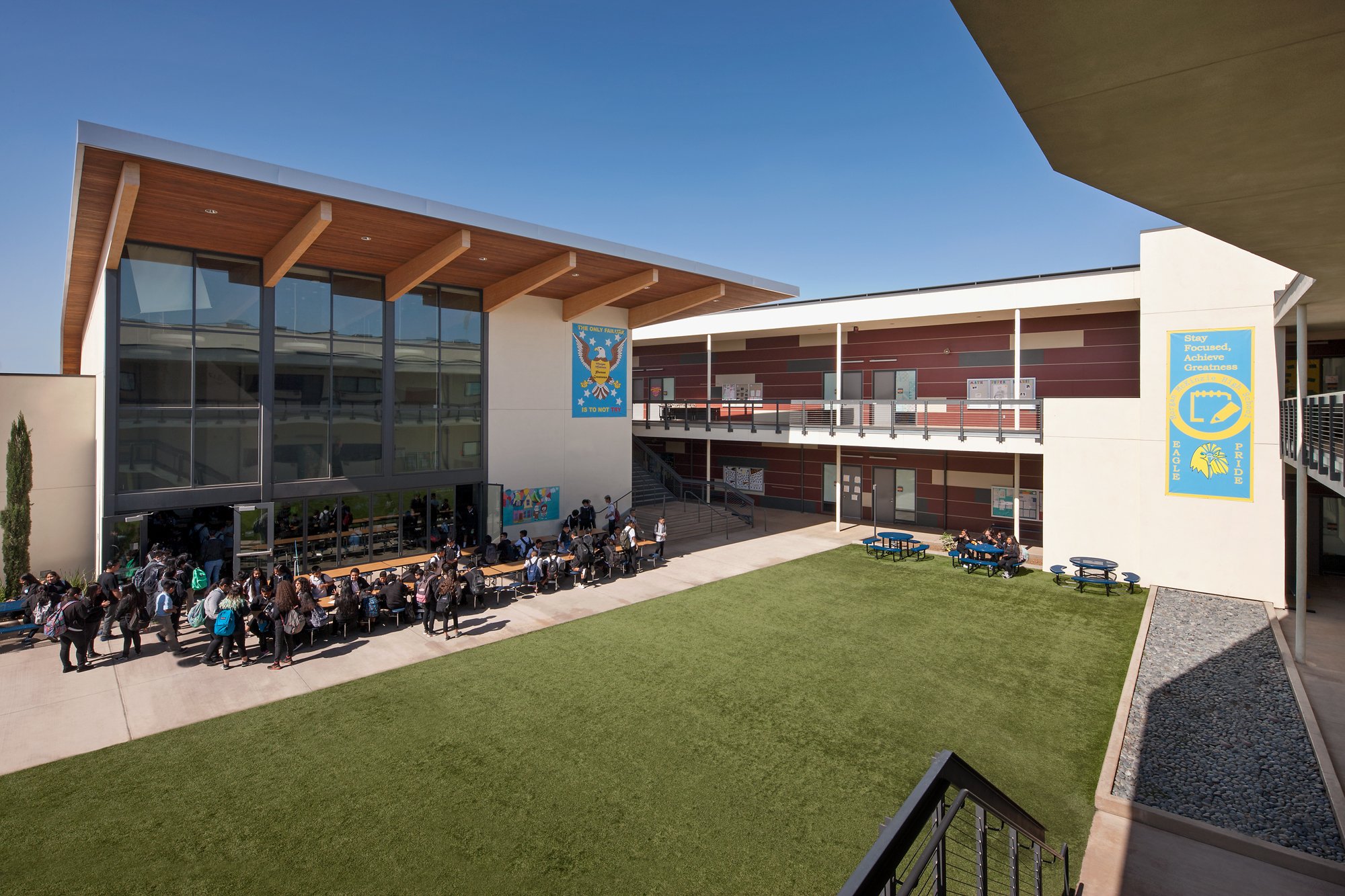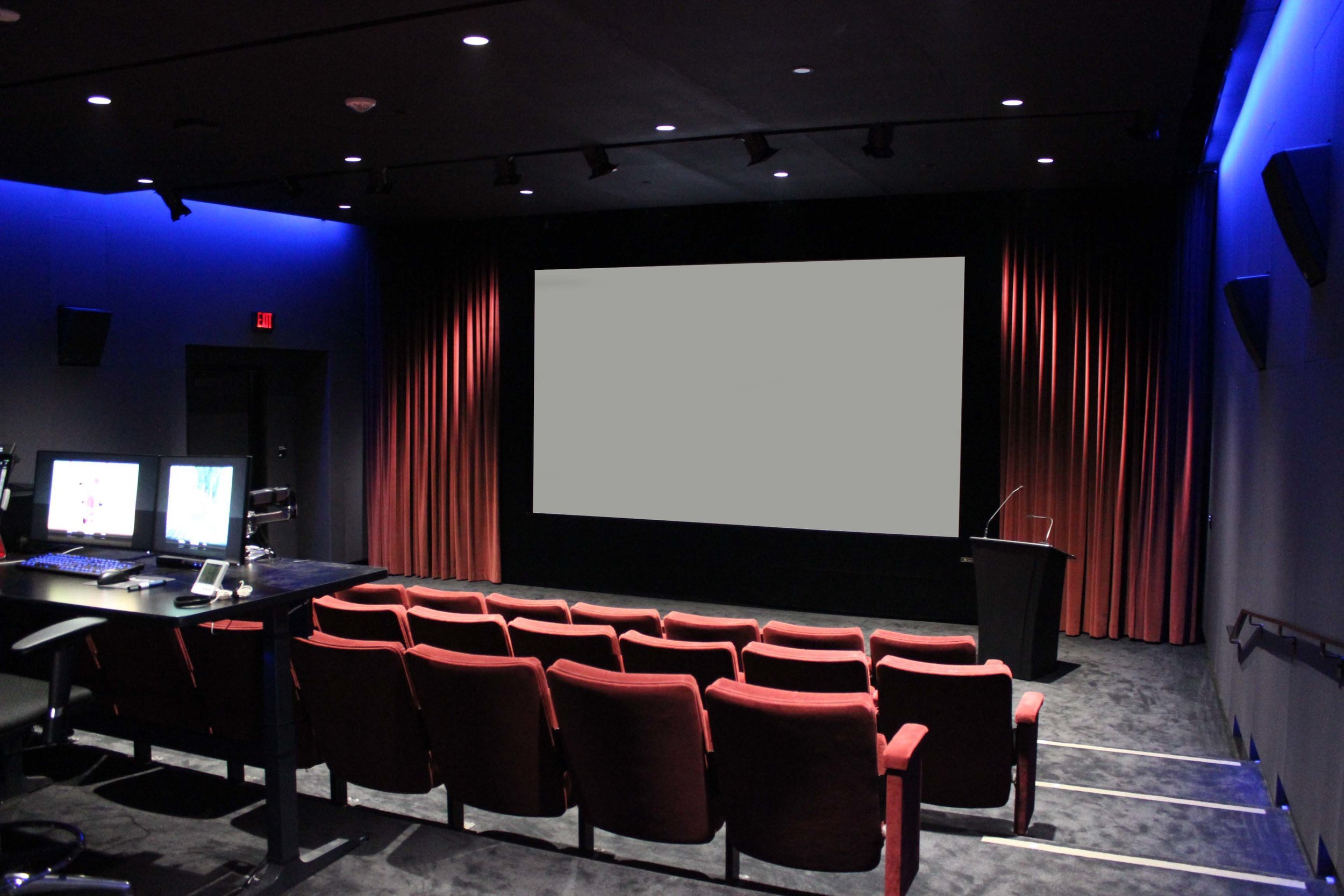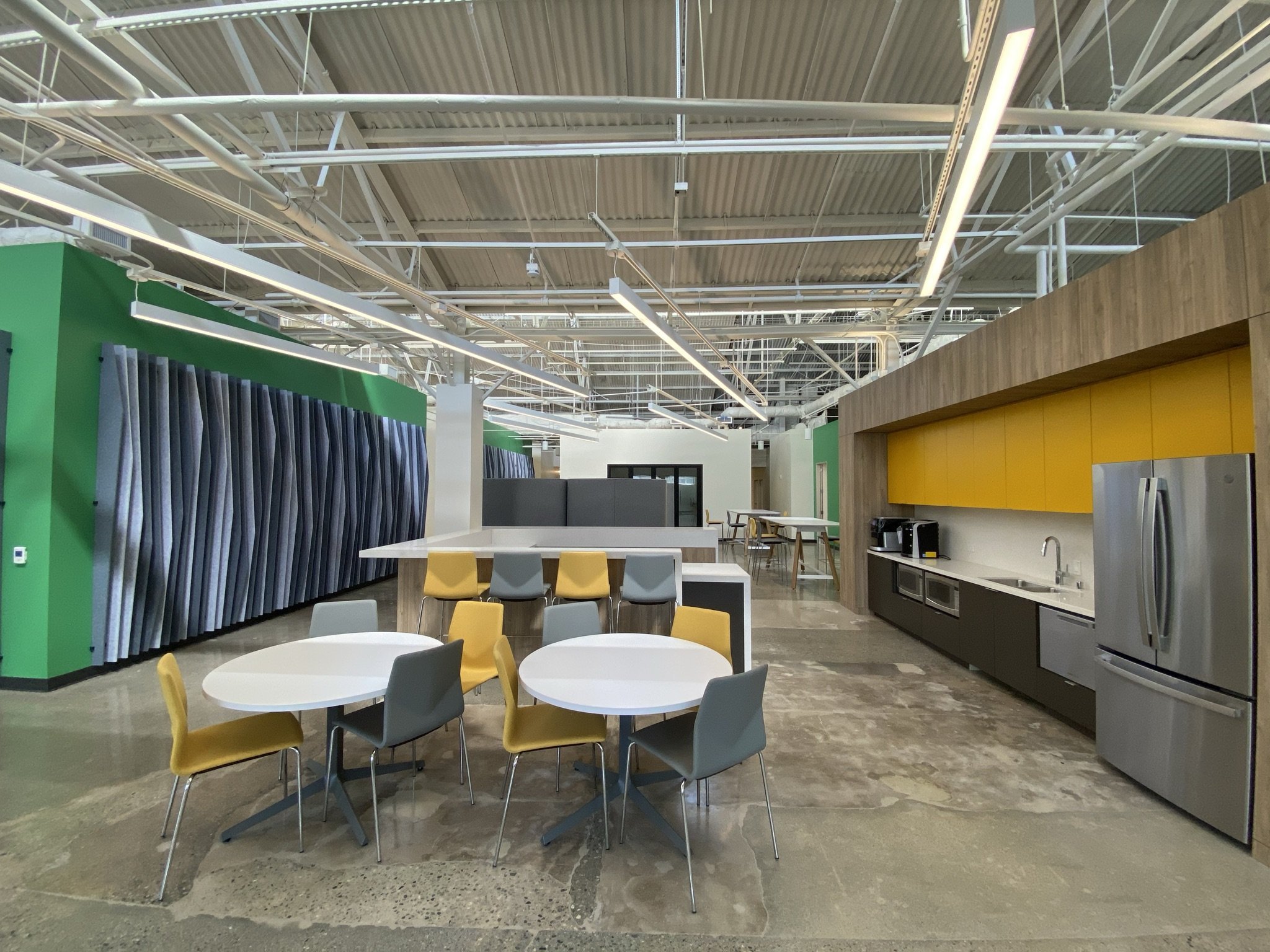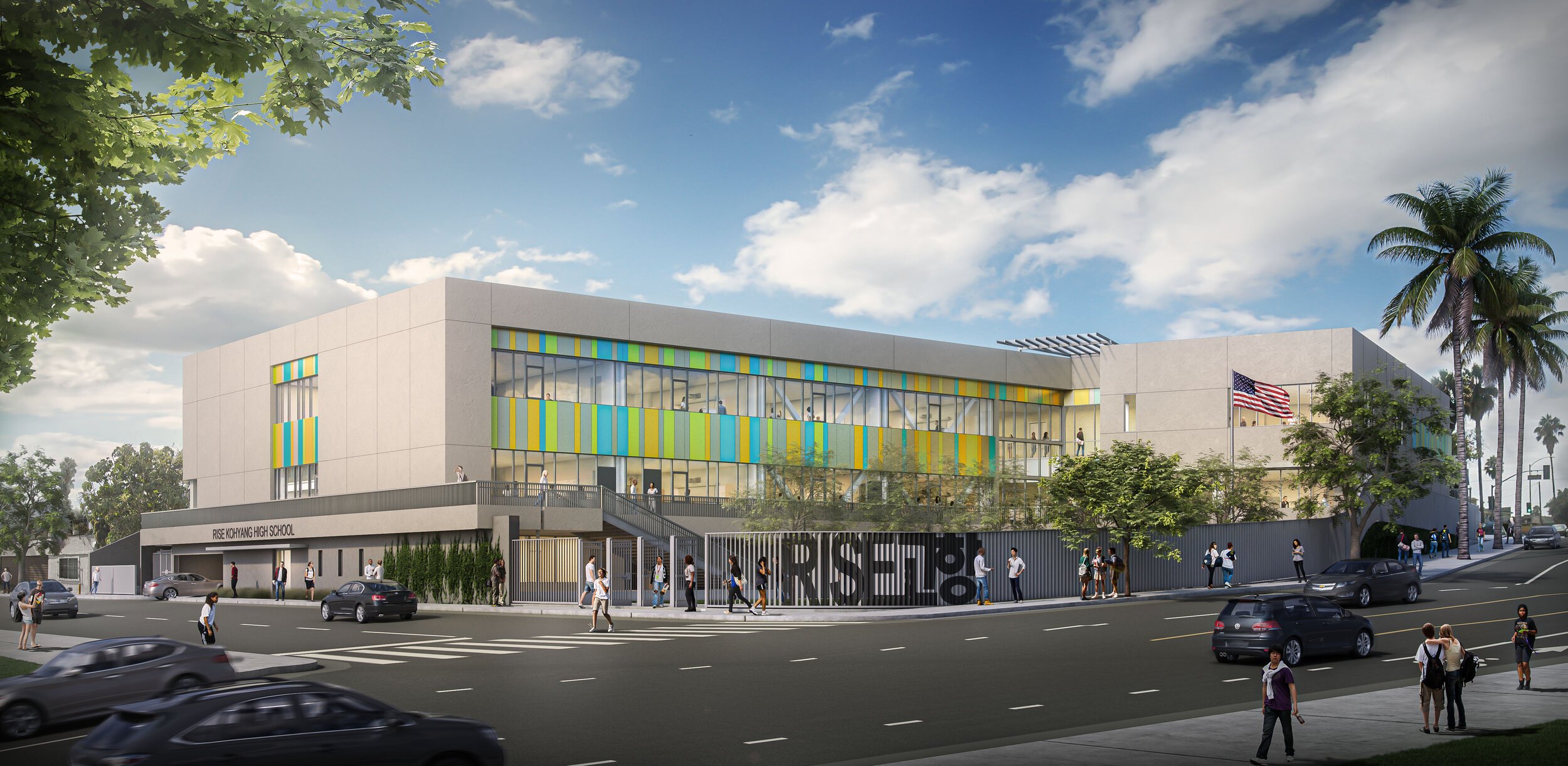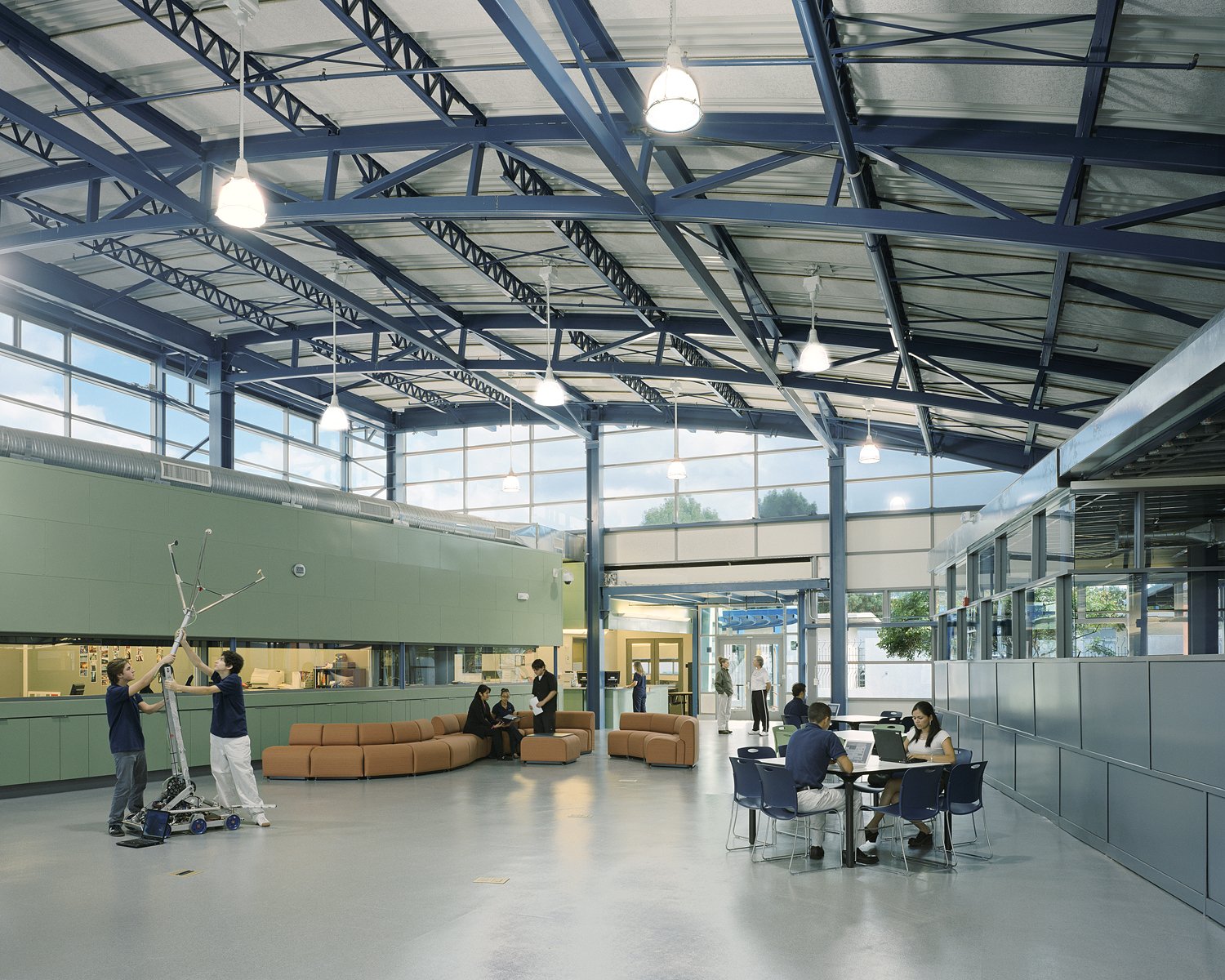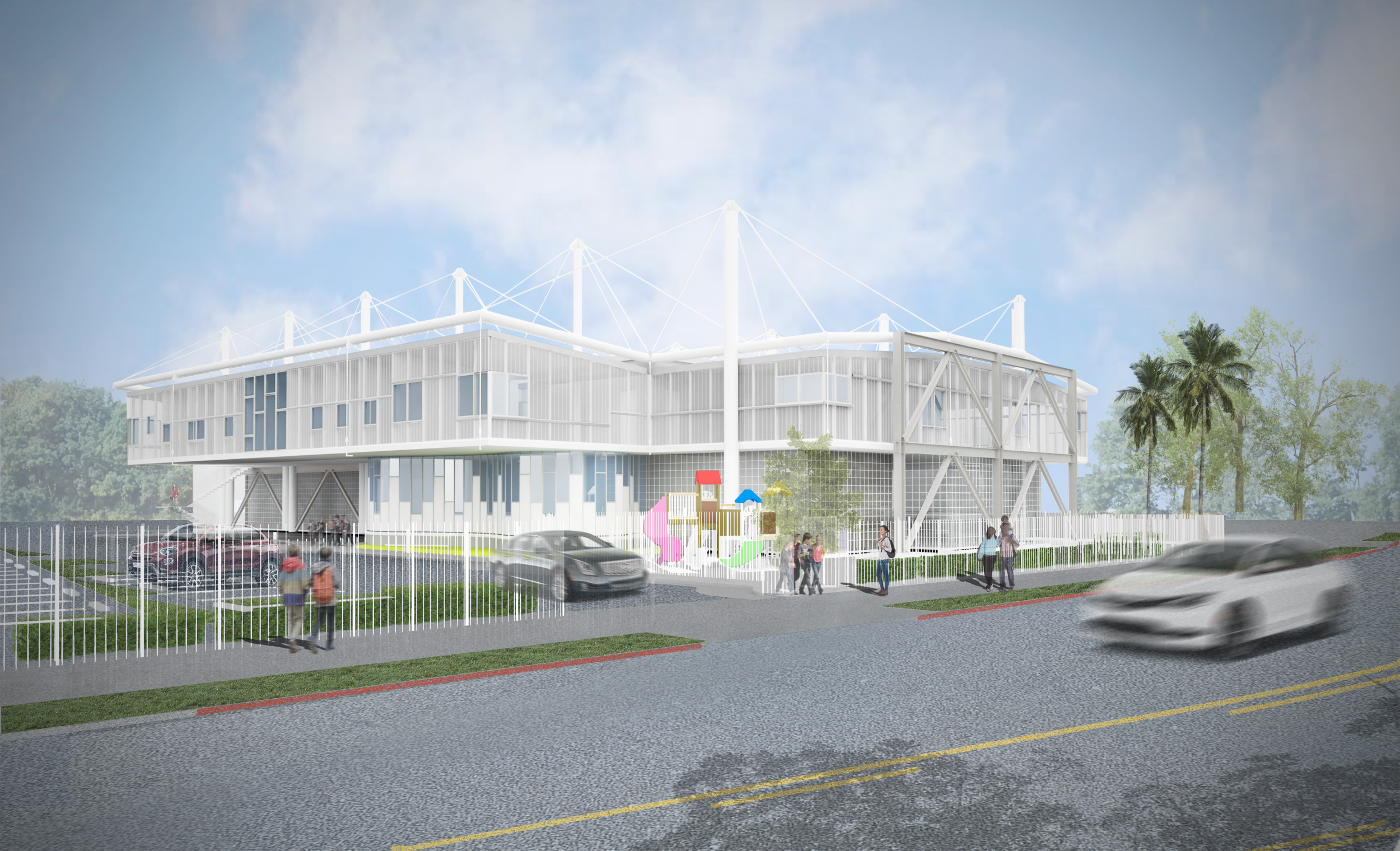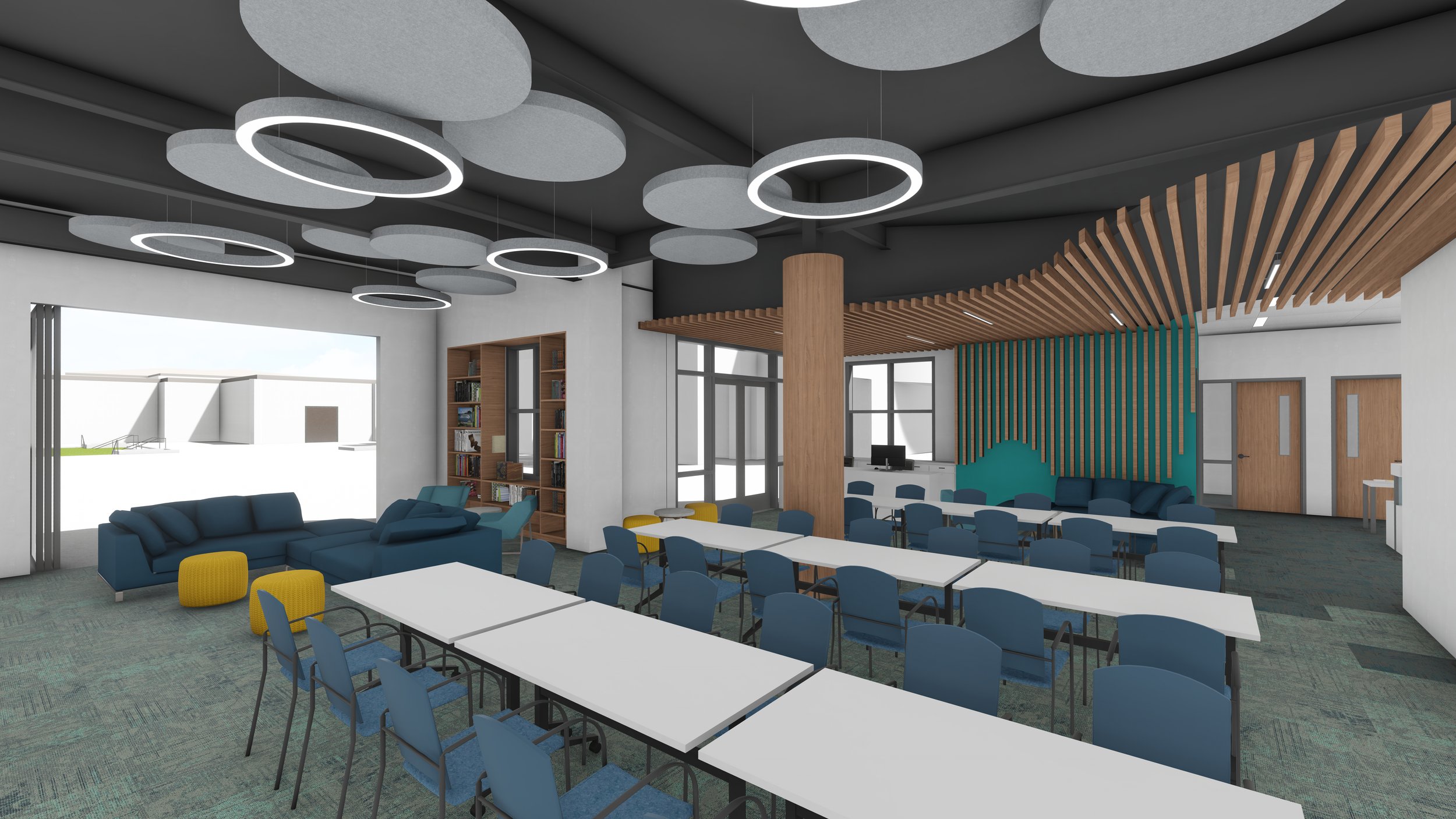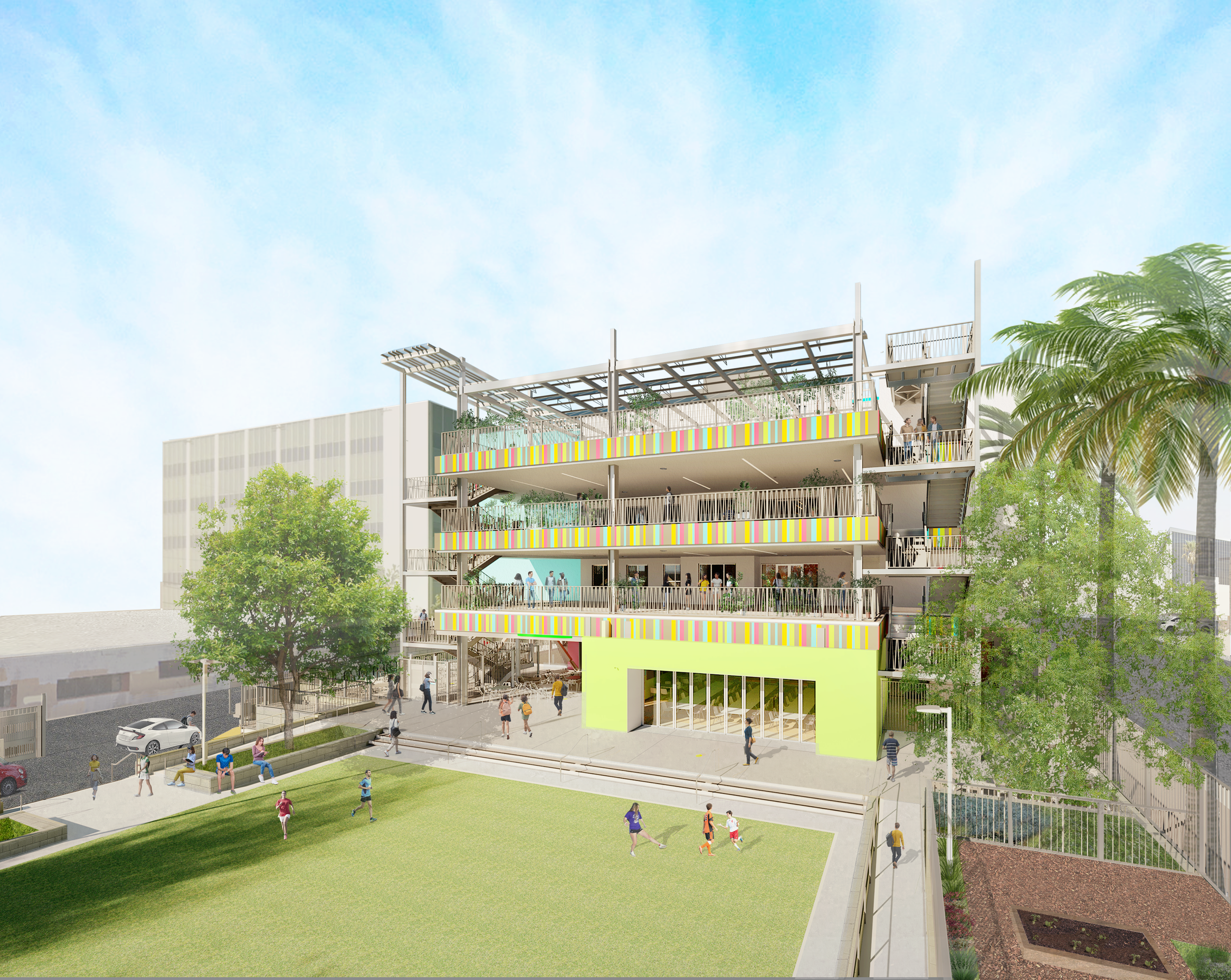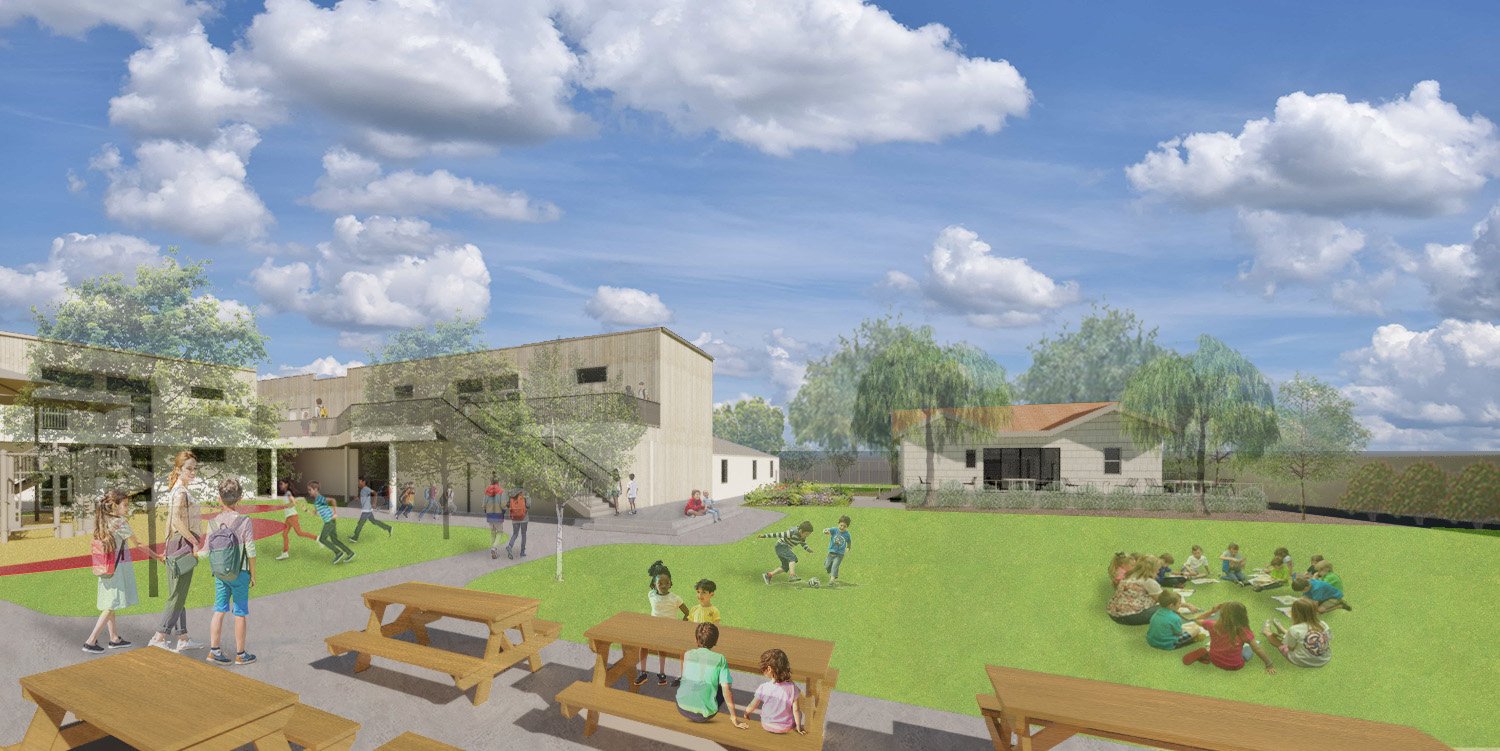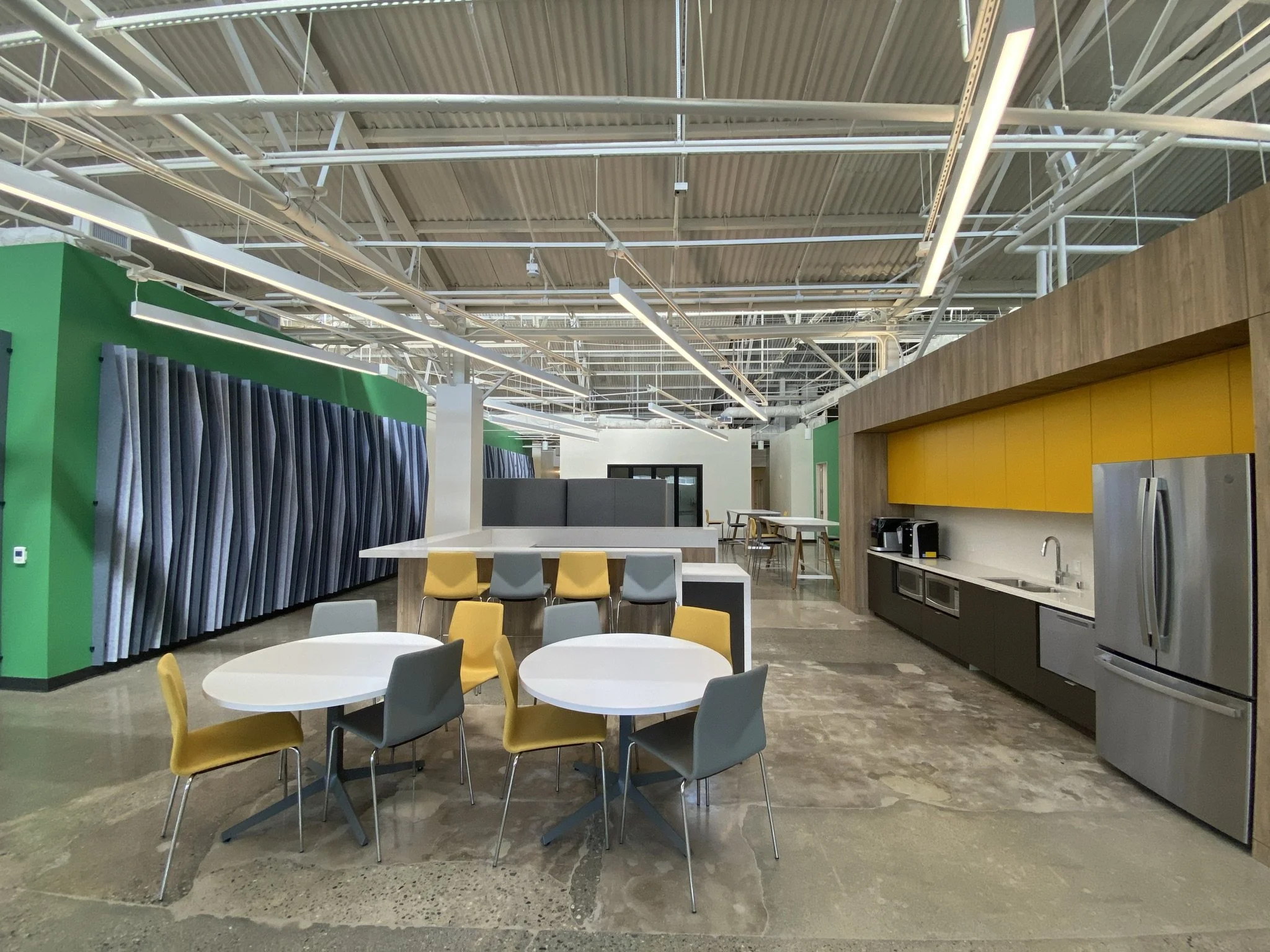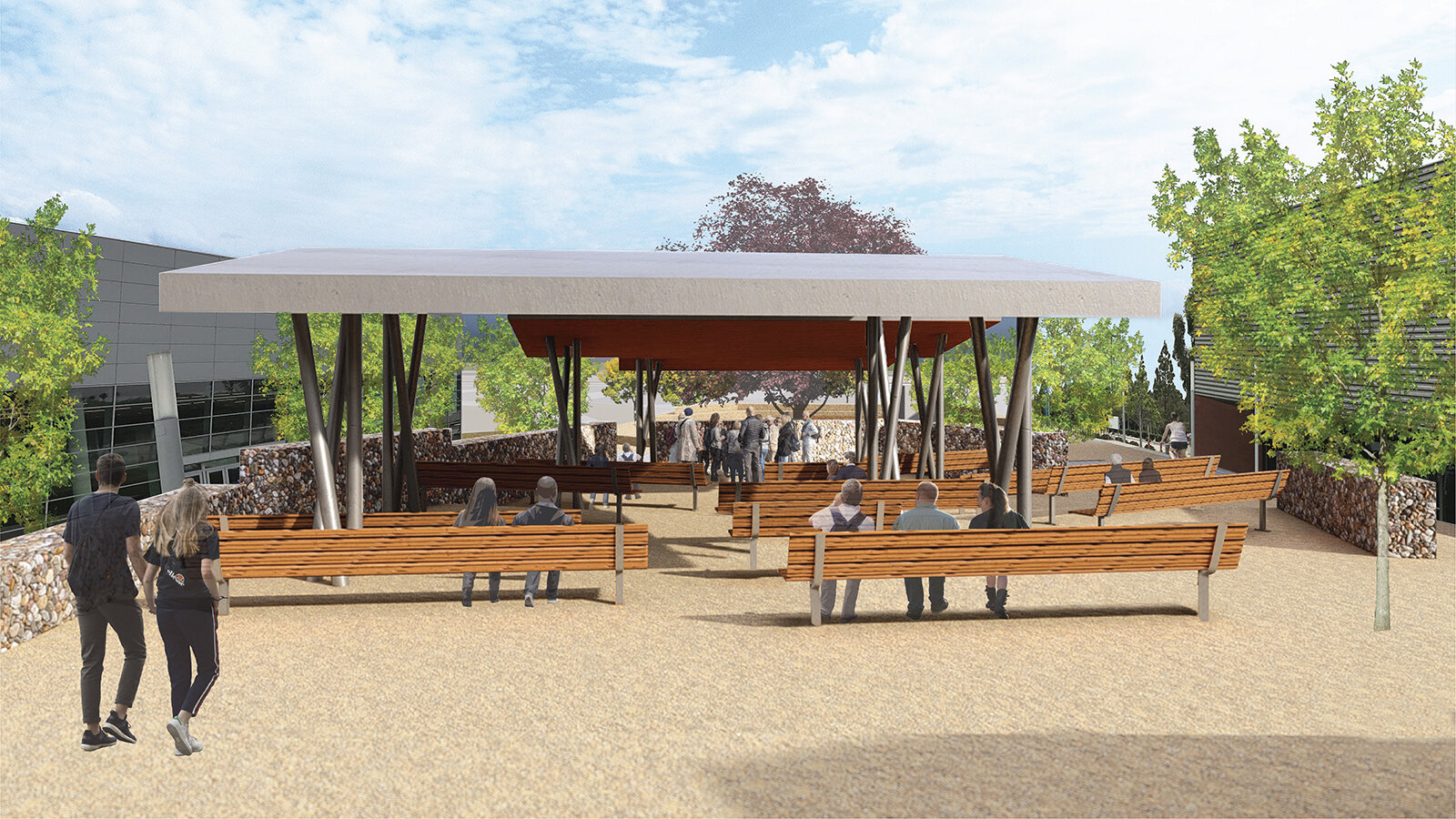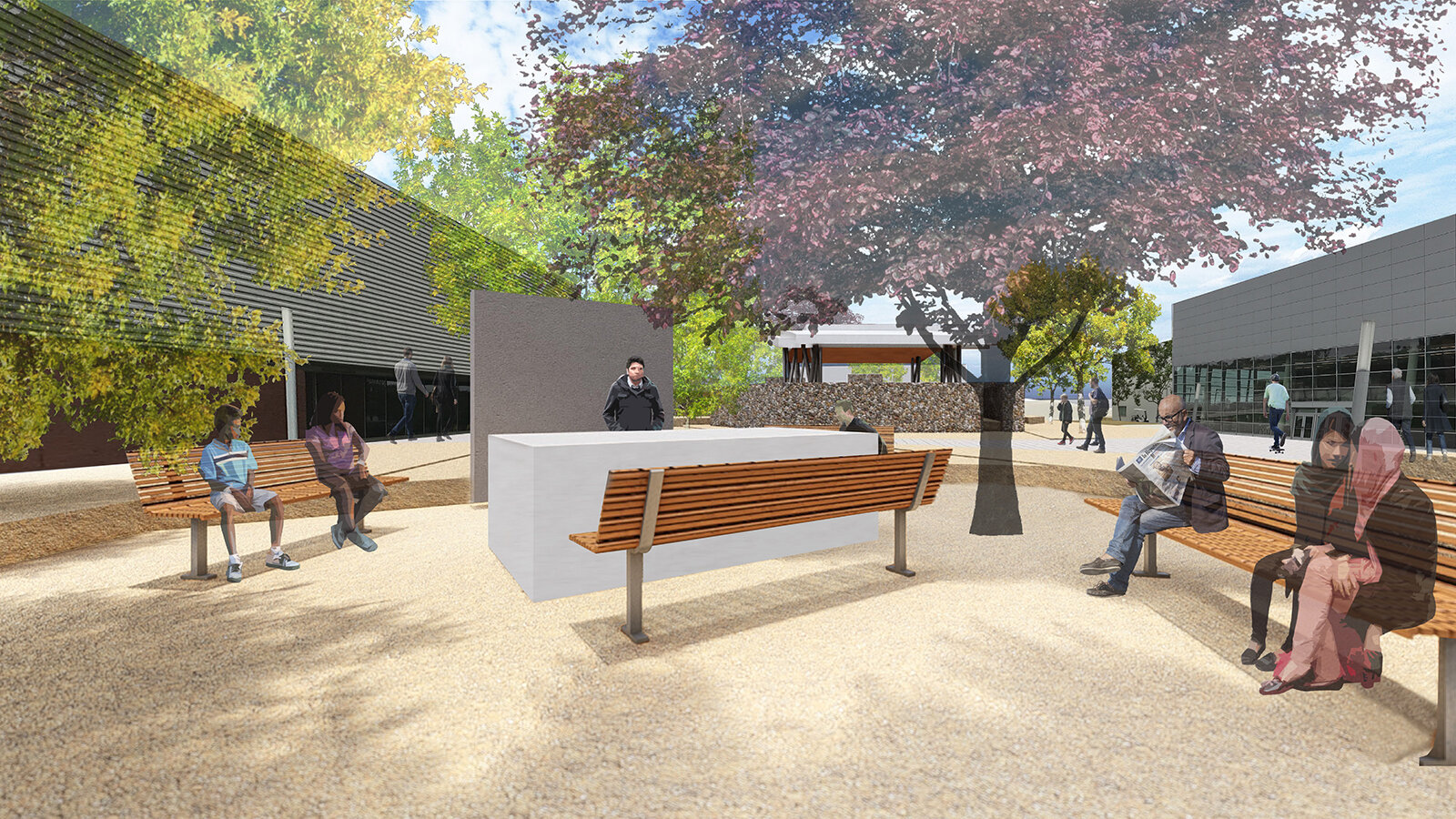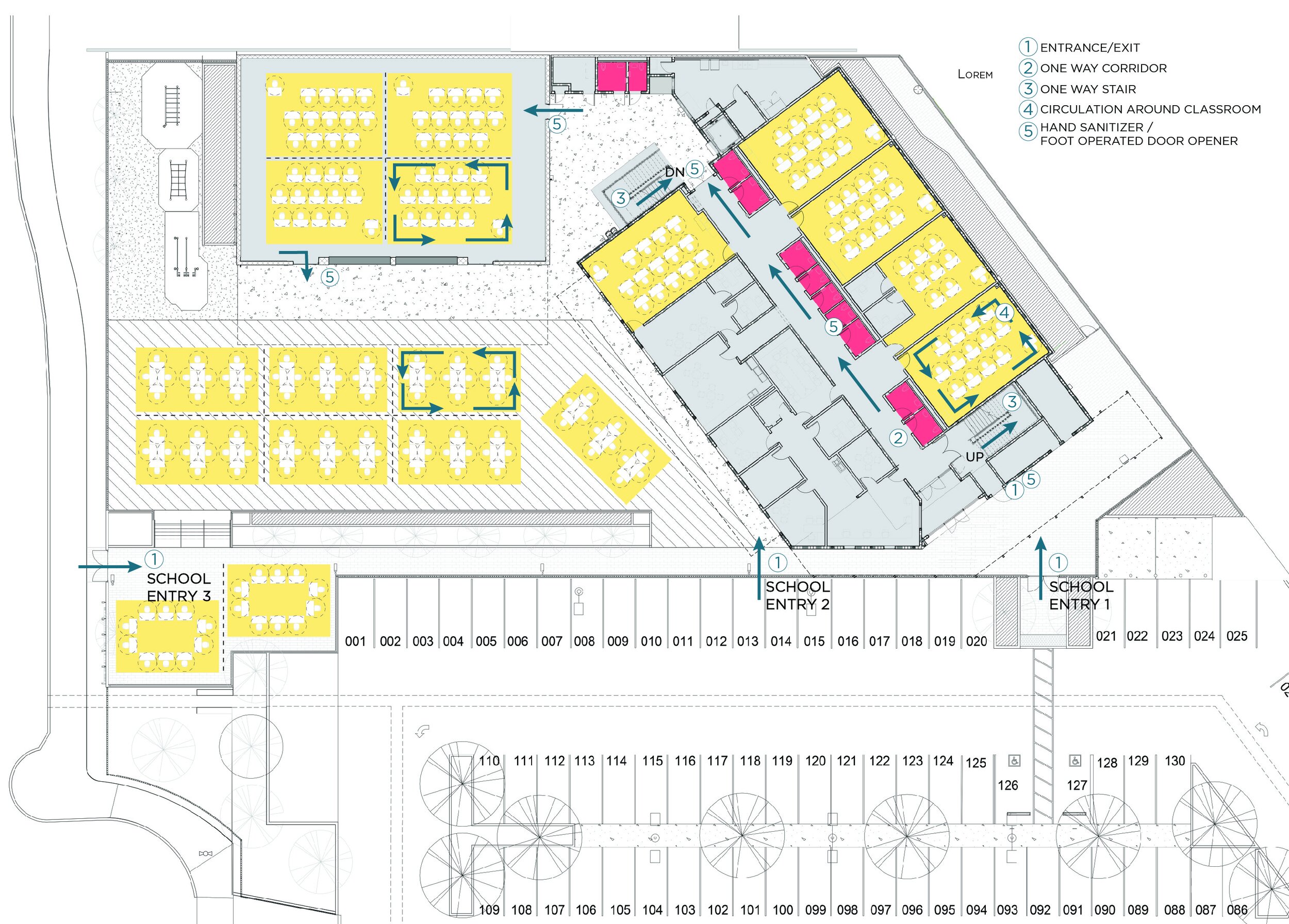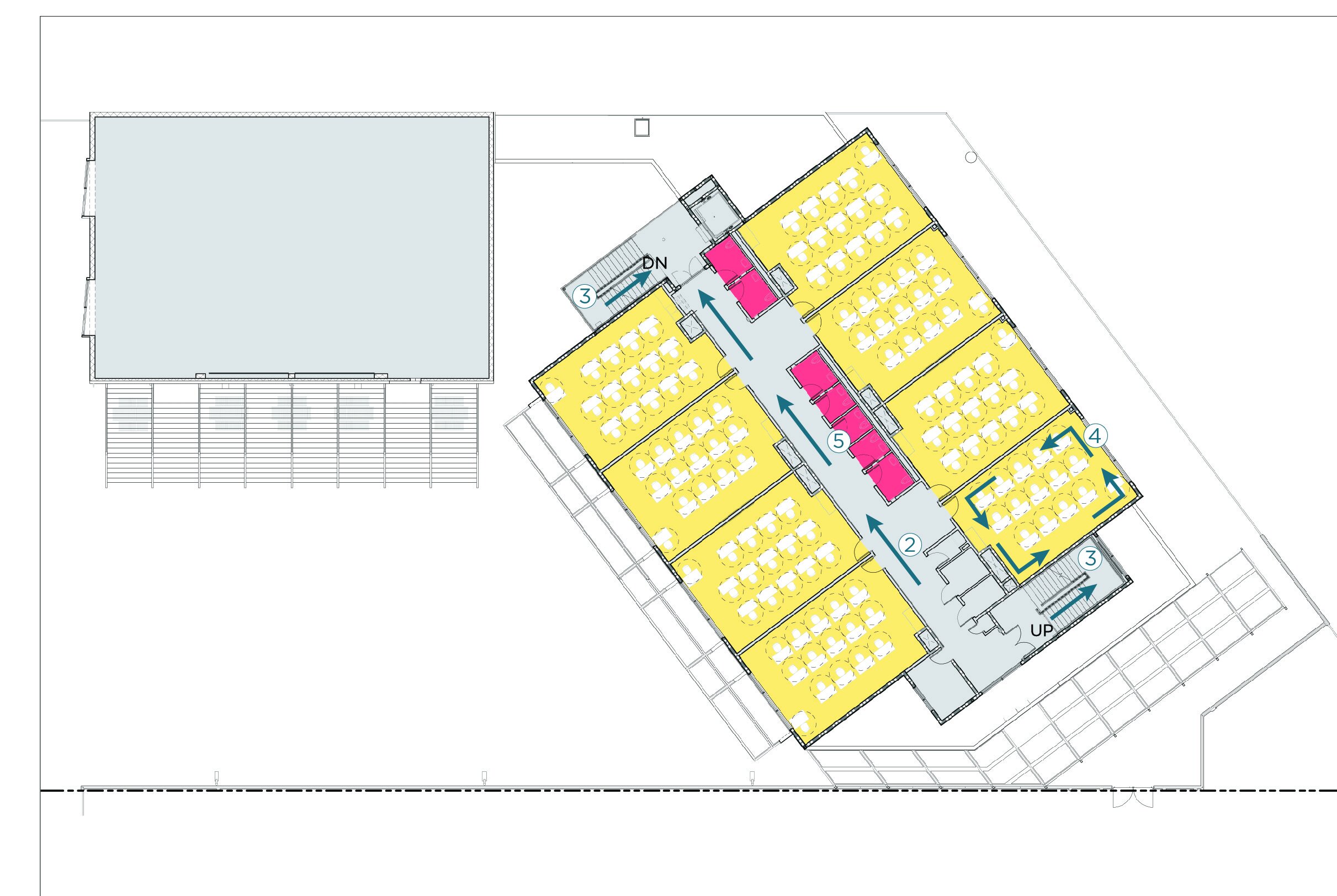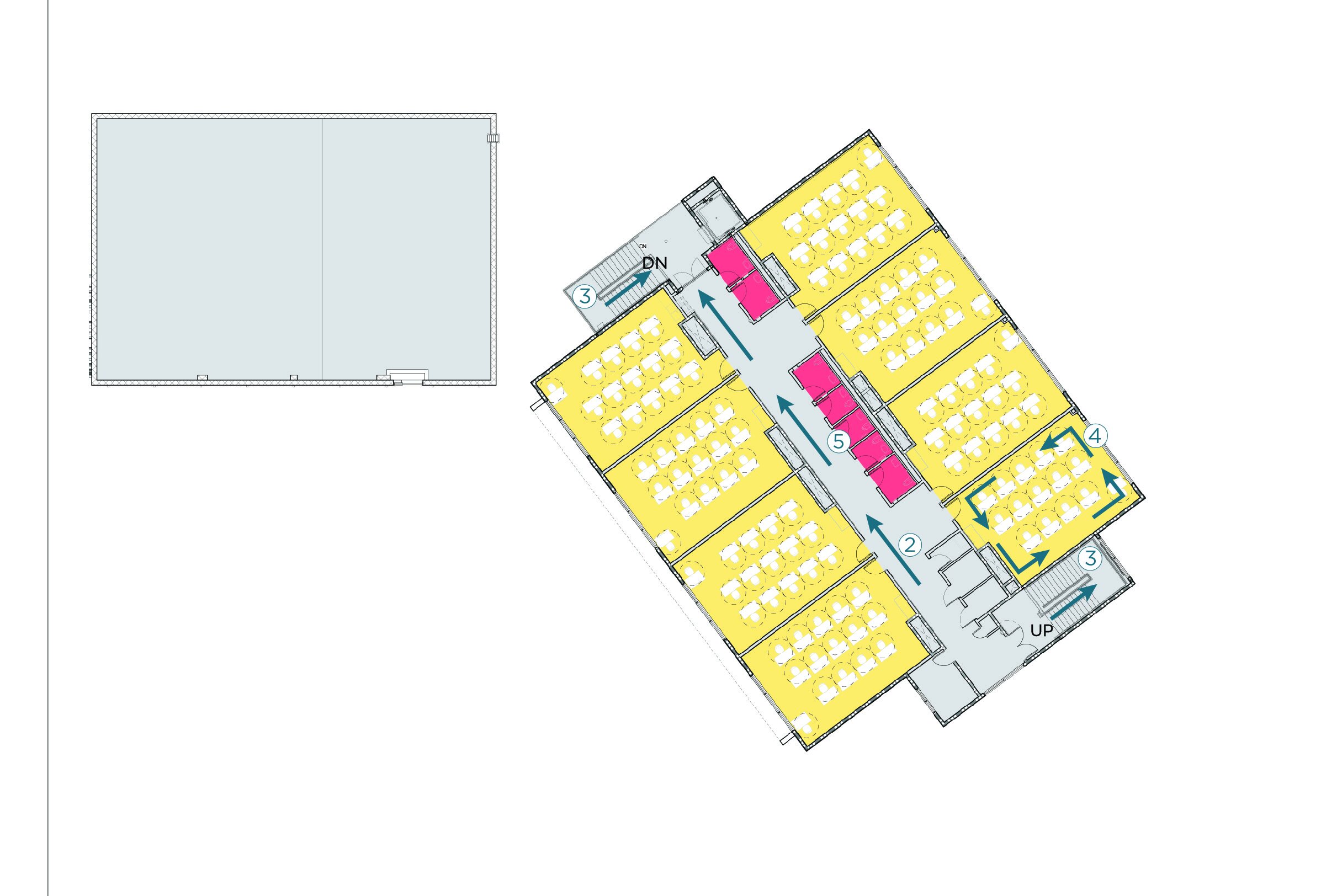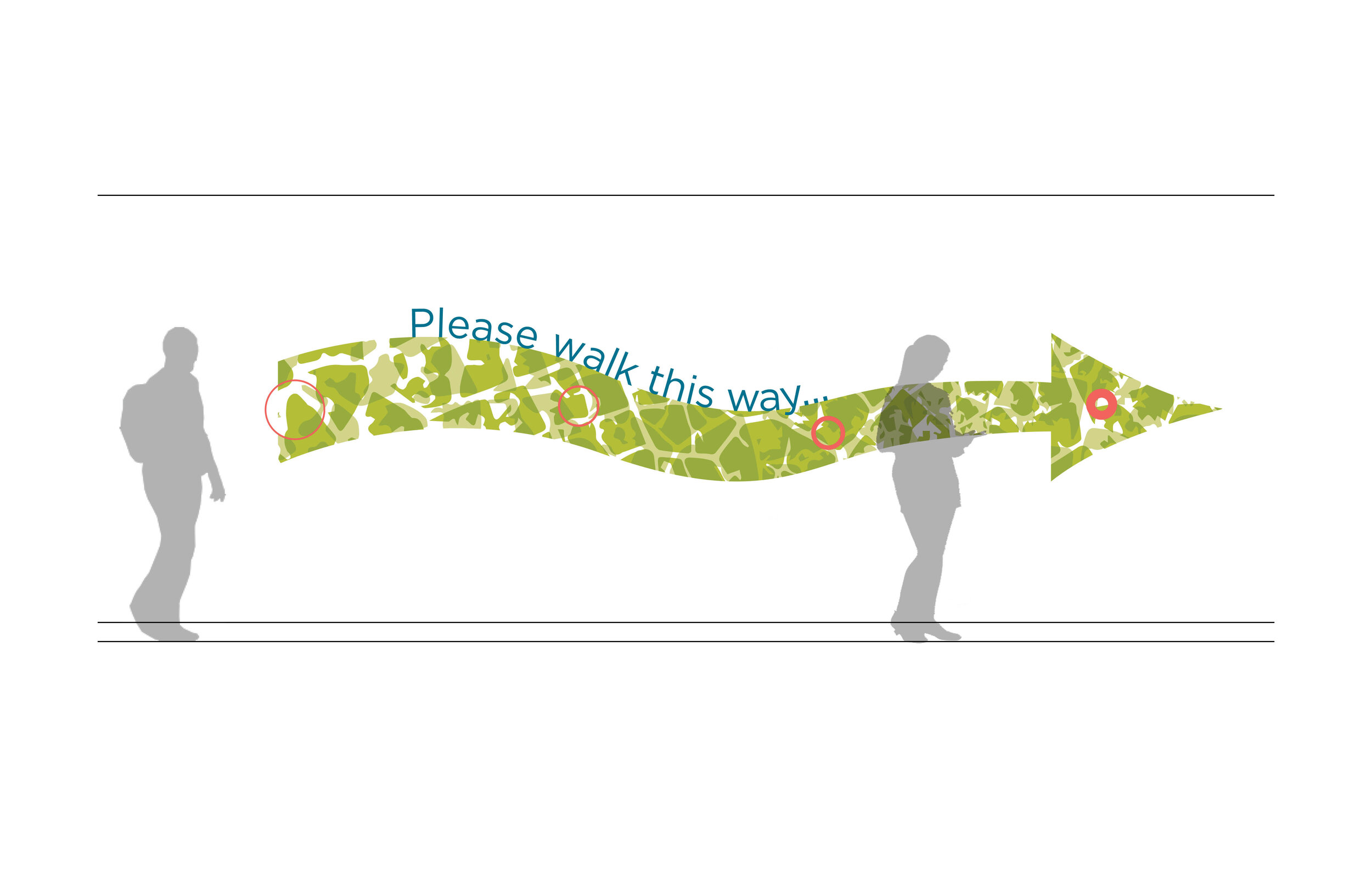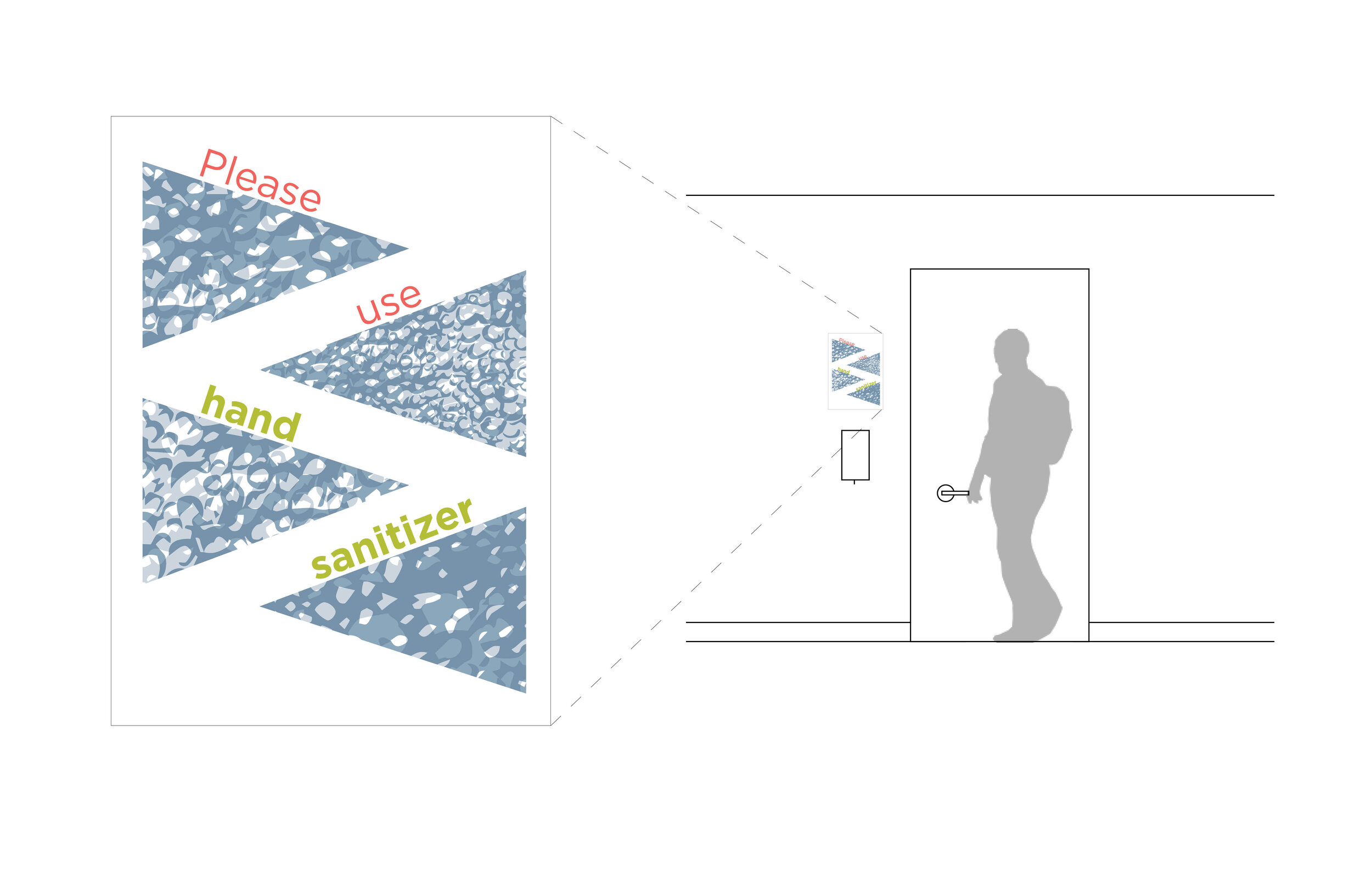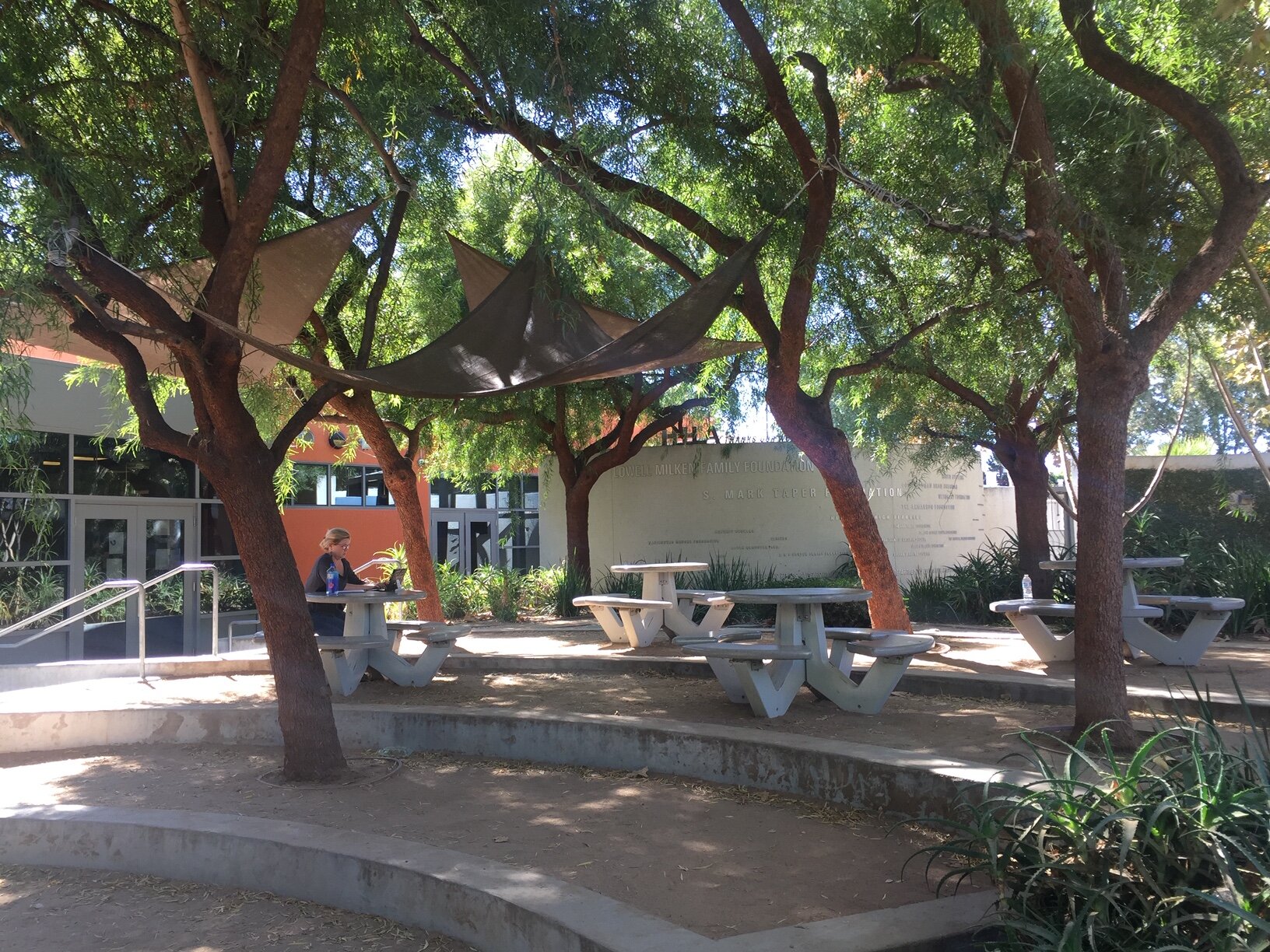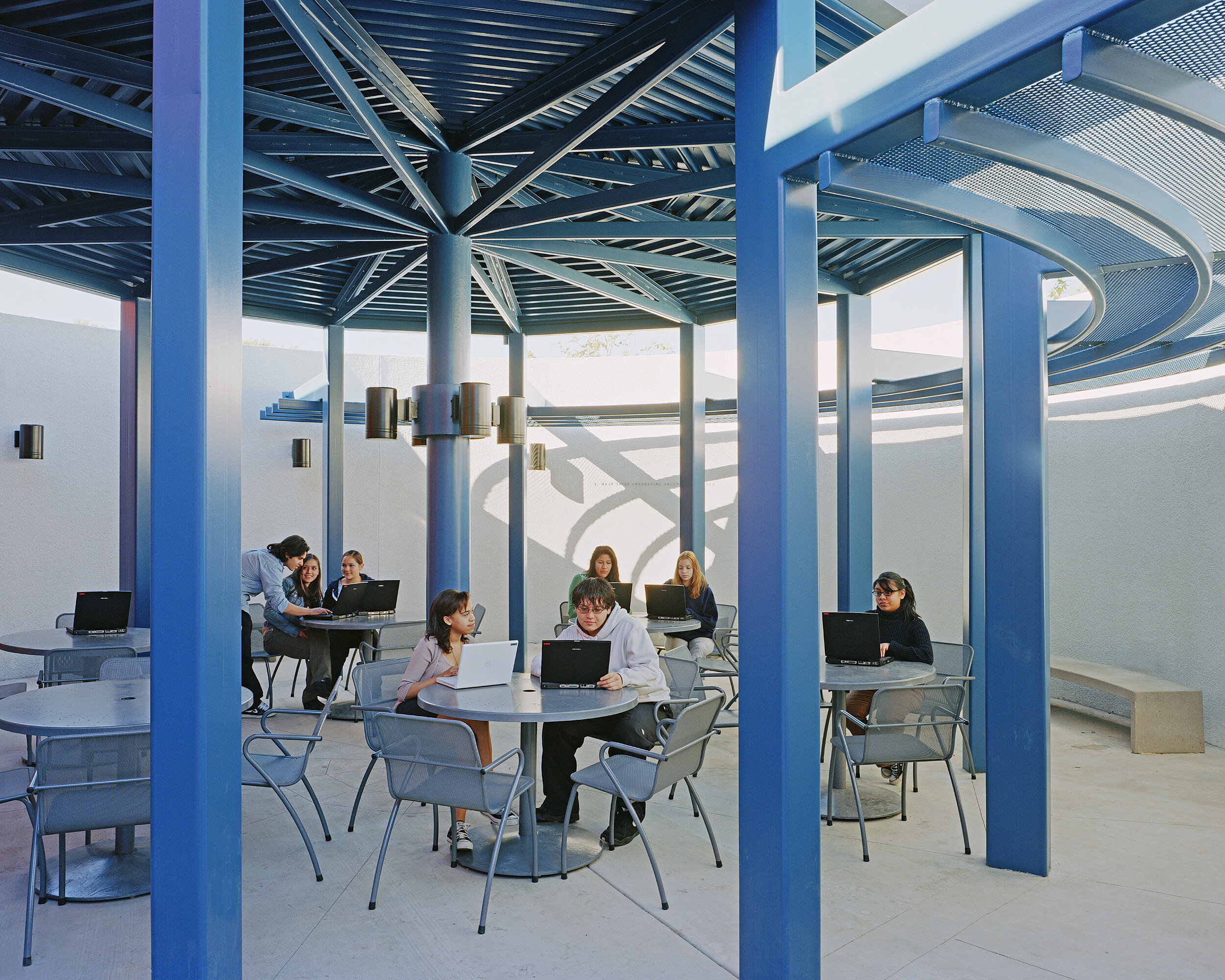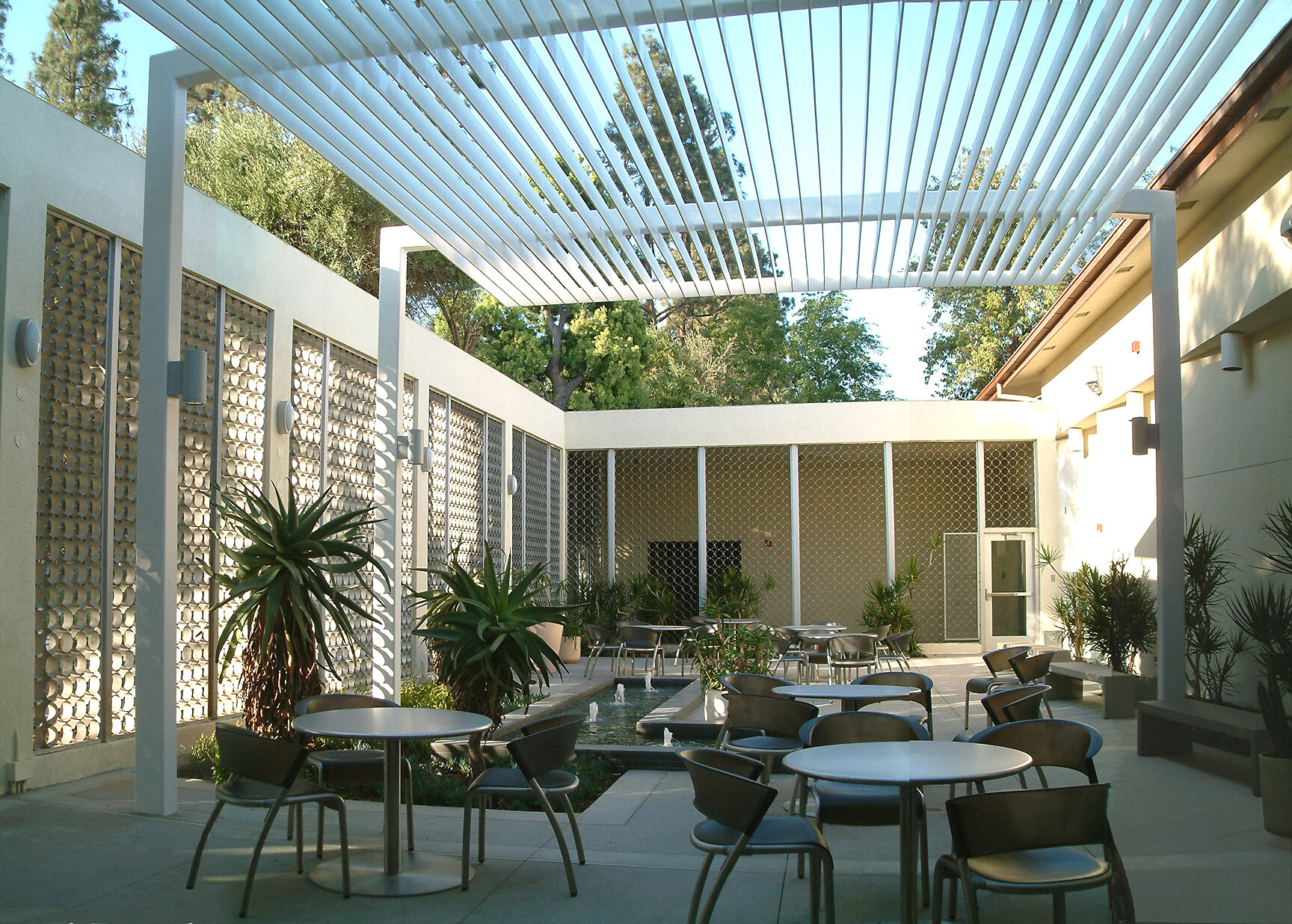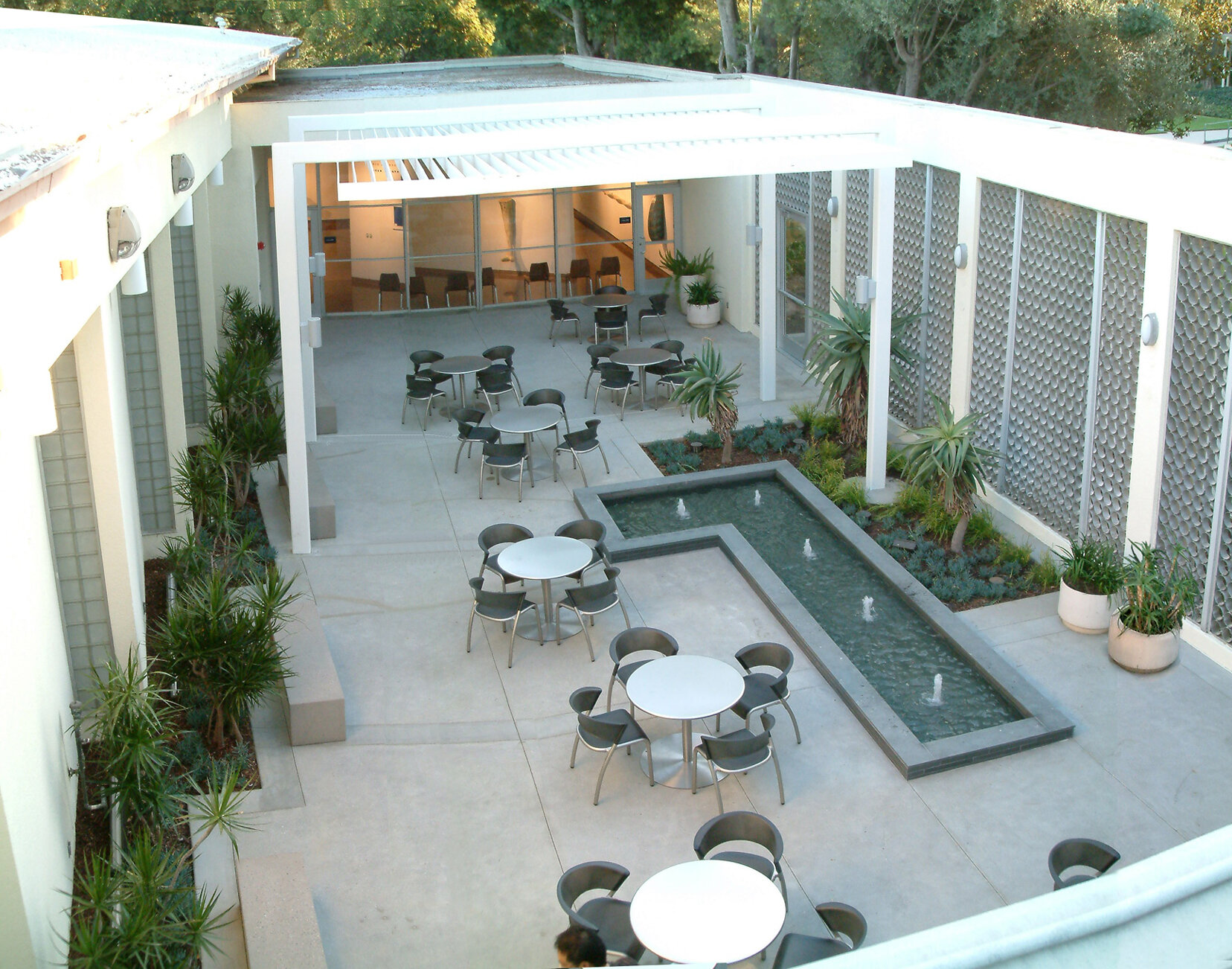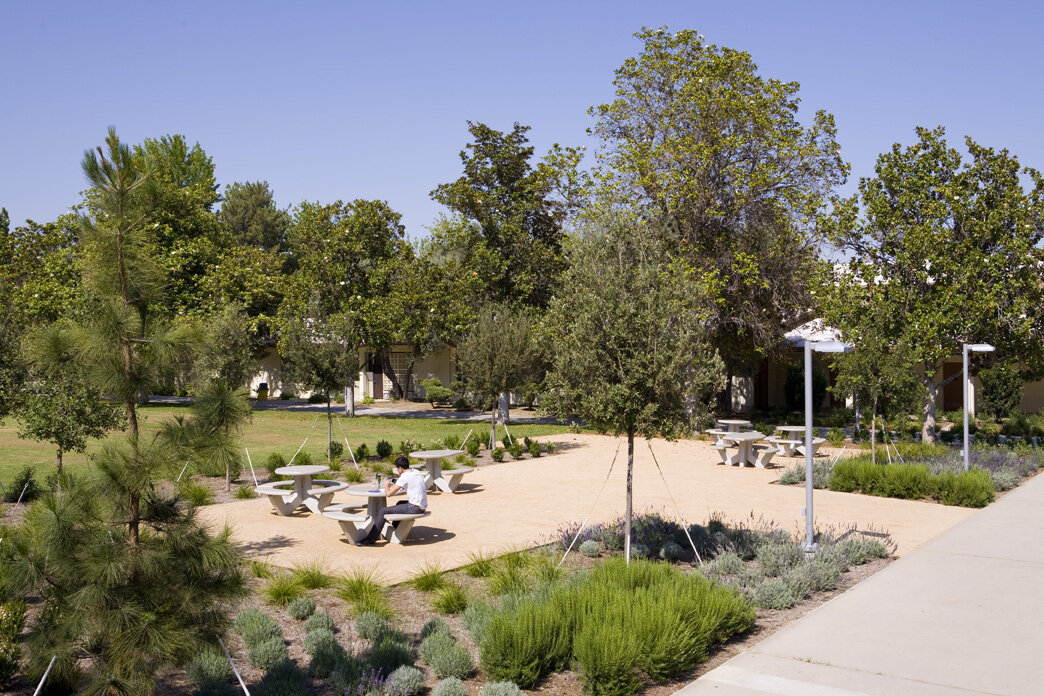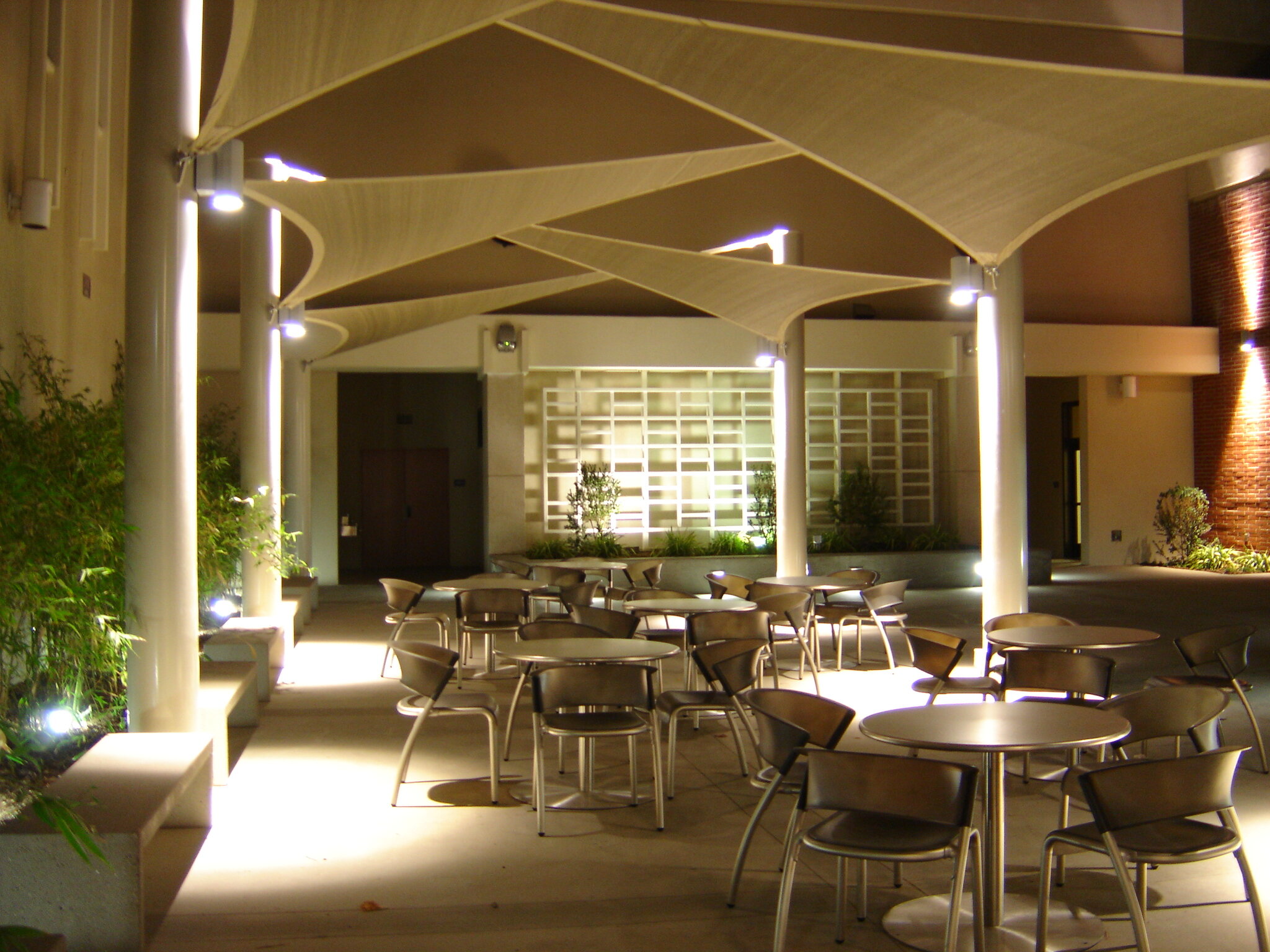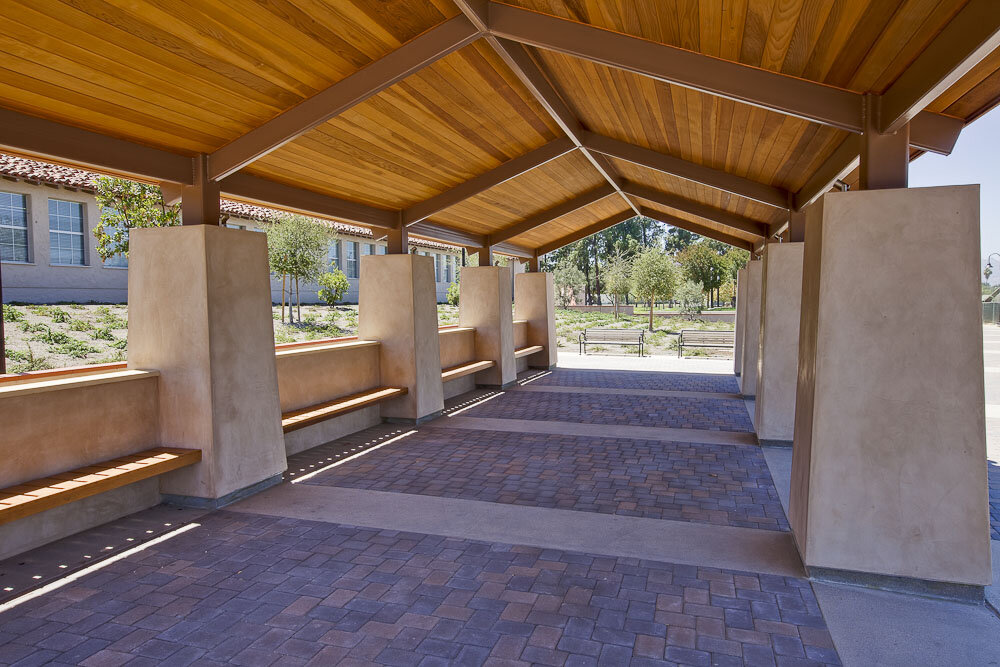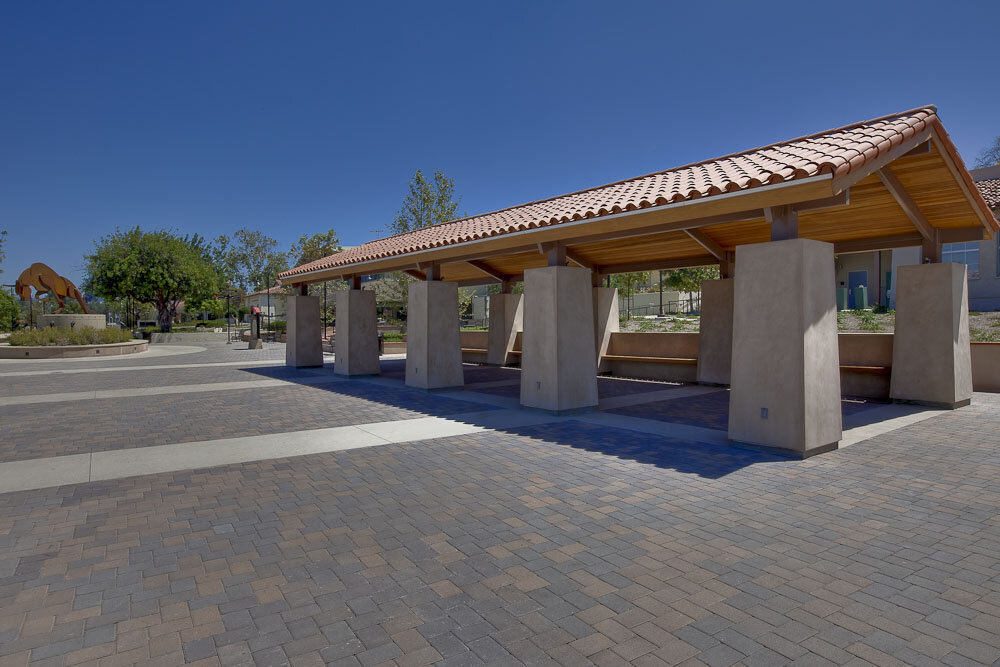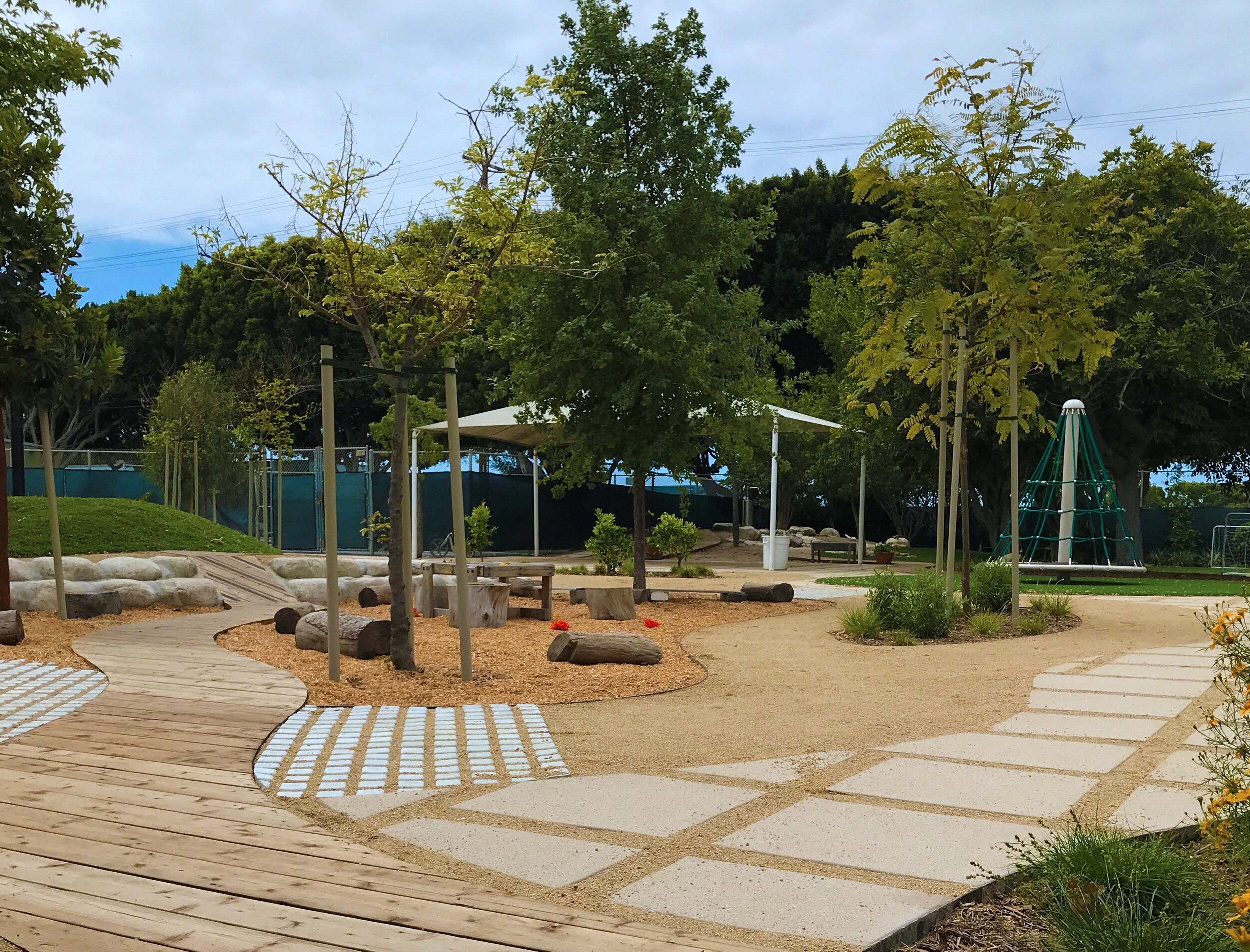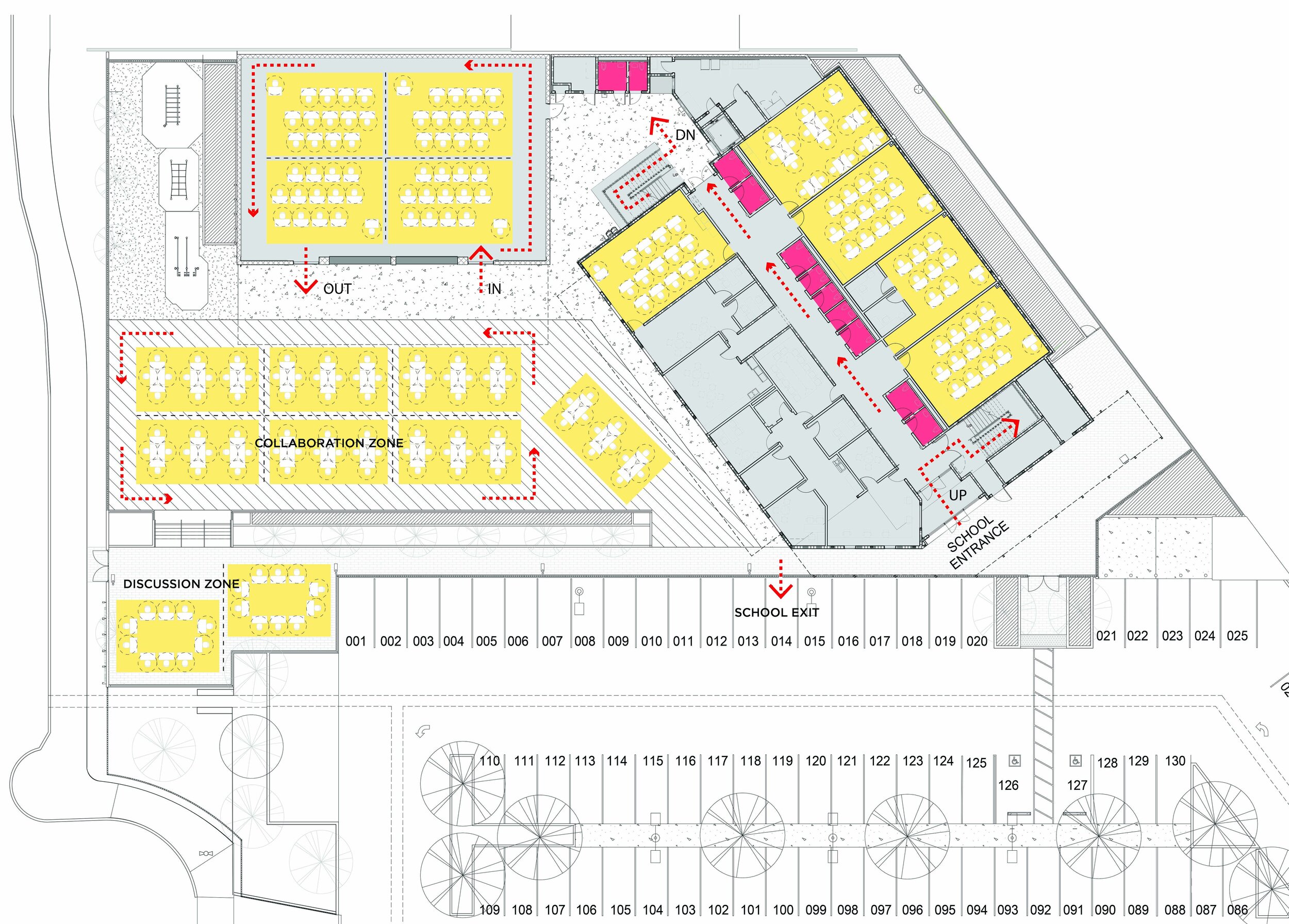What’s your current position at Berliner, and kind of work do you do?
I’m a project designer and I also help manage projects. I have experience working with the design through construction administration, where I spend a lot of time working with people. Right now I’m wrapping up the Brightstar school project, and I’m working on a playground in East LA. I’ve been fortunate to work with a range of people in architecture and on the job site, and I enjoy getting to know people outside of the office.
You have a background in urban design at Columbia University, and a degree in architecture from Woodbury University. Why were you interested in studying design?
I grew up in South Central Los Angeles for half of my life. I remember the riots, and for me, it was very personal. I was with my mom and sister, and we went on the bus to my grandma's house. I should've known better because I saw people honk and holding signs, but I was a kid. When we were coming back, the bus couldn't stop. There were break-ins in nearby stores, and then the hospital that was in front of our apartment complex burned down. So my mom decided to send us to a better school district, and I went to Manhattan Beach. I rode the bus for an hour and a half, and I remember seeing the city that way. When we moved to Compton, I would ride the bus for longer, up to two hours.
Throughout that time the Metro started the green line. For some reason, I would just love to take the Metro and look at the environment and wonder how so much change could happen from street to street. I realized that the way that I could make an impact in the city is through my perspective of how not only buildings but our larger environment can create a better community. For undergrad I studied a lot of buildings, but I was more interested in the homeless issue and more community-based kind of projects. So that's why I went to Columbia, and that's where I really defined who I was. I believe that architecture is about community and how we can give hope and opportunity to people.
What project have you really enjoyed working on in the office?
I’ve really enjoyed Brightstar, working on the construction documentation set and the administration. It has been a great experience where I learned a lot. I learned how to better manage the construction process and work with others. I enjoy interacting with everyone on site, from the foreman to the electricians, it’s been great to simply spend a few moments getting to know people and listening to what they have to say. For example, the General Contractor and I got along because we both enjoyed punk music, and we would talk about that. In that way, you build relationships and trust, and that goes a long way to making a better project and making meaningful work.
What challenges have you faced in the last year that you had to overcome?
I would go back to the Brightstar project, as I learned a lot after the structural design had to change. Everything was already approved, and you have to go back to the city and make sure the new design gets approved, and you don't know if it will because the connections might be different than they were before. So that was challenging, but also a great learning experience.
What advice would you give to others who want to advance in their career and learn?
I would say that you should be passionate about what you do. Be sure of yourself and treat others with respect. Simply being a good person and asking questions like “how are you” can go a long way in the profession, but also life in general. Kindness and respect allow you to better appreciate the perspectives of other people. Don’t stress out about the small things, there’s always solutions to problems. At the end of the day, how you treat others will reflect whether the project succeeds or not.
Are there other designers or people that inspire you?
Definitely Teddy Cruz. He’s been a big influence in my life and when I practice. He’s spoken a lot about waste and community, including on the other side of the border, and how they’re using waste to construct buildings. I feel that's something that we should think about when we're designing, is a more careful consideration of waste and our impact on the environment. More broadly, I think architecture has a role to play in issues like gentrification, development and housing, and Teddy’s work explores ways that we can make an impact. I also really enjoy Archigram and Superstudio, their work is really inspiring.
What do you enjoy most about working at Berliner?
I enjoy learning from everyone else and their perspectives. I believe the environment of the people I work with and the culture is really good. It’s great to hear how someone’s day is going and their individual work, as well as what they enjoy outside the office. There are great people here, and that’s what I enjoy the most.
What is your favorite part about Los Angeles?
You might laugh, but it’s the smell. If you go through different parts of the city, you experience different smells: at the beach you smell the ocean and the salt, or this great area around Alameda where they have taco trucks and you smell the al pastor tacos, or the soups and BBQ in Koreatown. Los Angeles has a really great diversity of smells that can tell you where you are in the city. I also enjoy the coast, simply driving along the water or looking at the beach. It’s very peaceful and gives me time to reflect.
